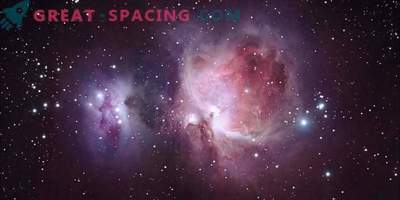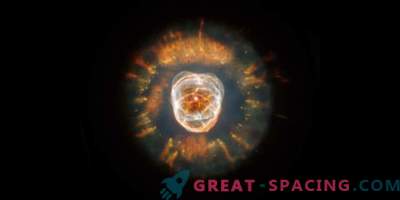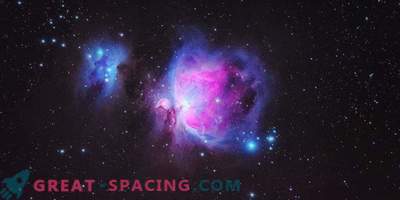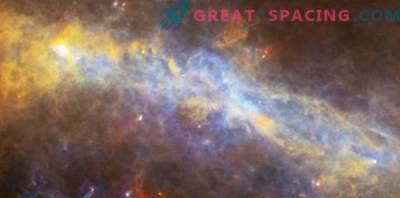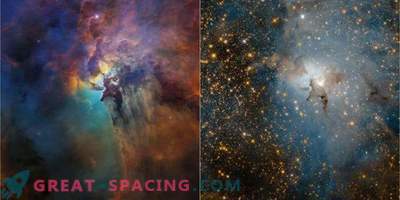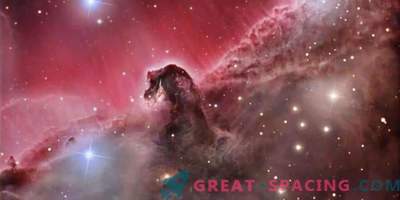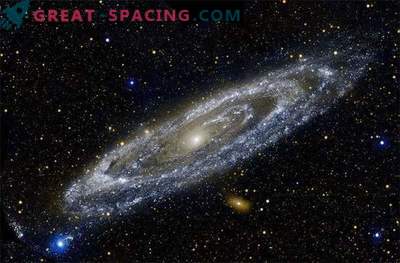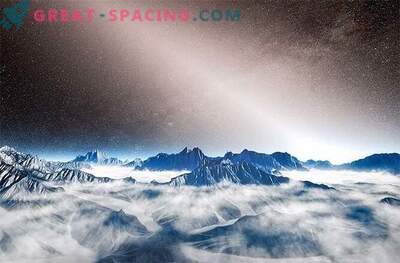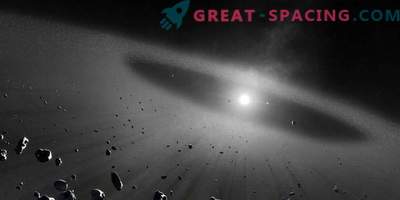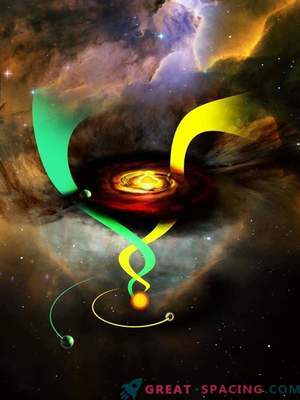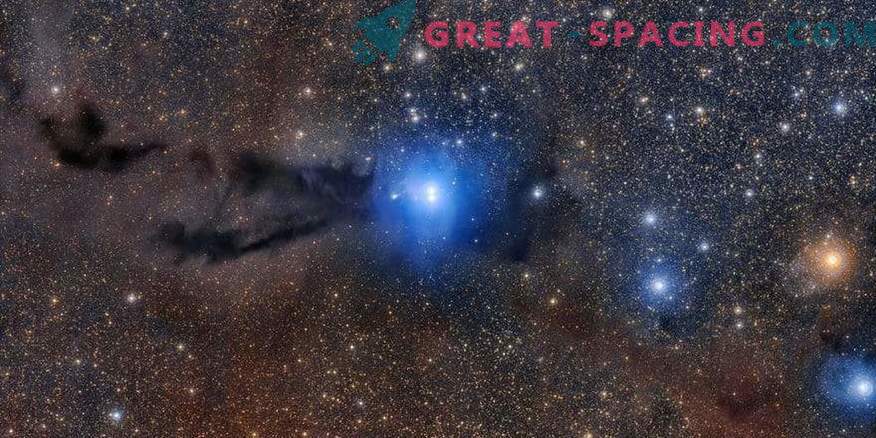
The dark cloud of cosmic dust is illuminated by the bright glow of new stars. Here is the region of the star birth of Lupus 3, where blindingly red-hot stars emerge from collapsed gas and dust masses. Image created from Very Large Telescope data
In space, there is a delightful area of Lupus 3 star birth. It is a dark serpentine cloud of dust, illuminated by the light of new stars. Stars appear from the destroyed masses of gas and dust. The image was created based on data from the Very Large Telescope. This is the most detailed frame of the region.
The Lupus 3 region lives in the constellation of Scorpio and is 600 light-years distant from us. It acts as part of a larger structure - Lupus Clouds, the name of which comes from the neighboring constellation Lupus (Wolf). Clouds resemble smoke rising against the backdrop of millions of stars. In fact, it is a dark nebula.
Nebulae - large gas and dust particles passing between the stars. Sometimes stretched to hundreds of light years. Many nebulae are illuminated by hot stars, but dark ones hide objects in themselves. They are also called absorbing nebulae, because their cool and dense particles absorb and scatter light. Nebula Lupus 3 is endowed with an irregular shape, which is why it resembles a giant snake in the sky. This is an active area of star birth, consisting of protostars and young objects. Close intervention leads to the fact that more dense fog blocks are compressed under the influence of gravity, heat up and form protostar.
In the center are visible two bright stars that appeared in the described process. At first, their radiation was blocked by a dense veil of nebula. Over time, the brightness and temperature increased, so now they illuminate the surrounding areas.
The stars are still young, and their nuclear synthesis has not yet been activated. Now the brightness is due to the transformation of gravitational energy into heat. The study of nebulae affects the understanding of the processes of star formation. It is believed that the Sun appeared in a similar region more than 4 billion years ago.
